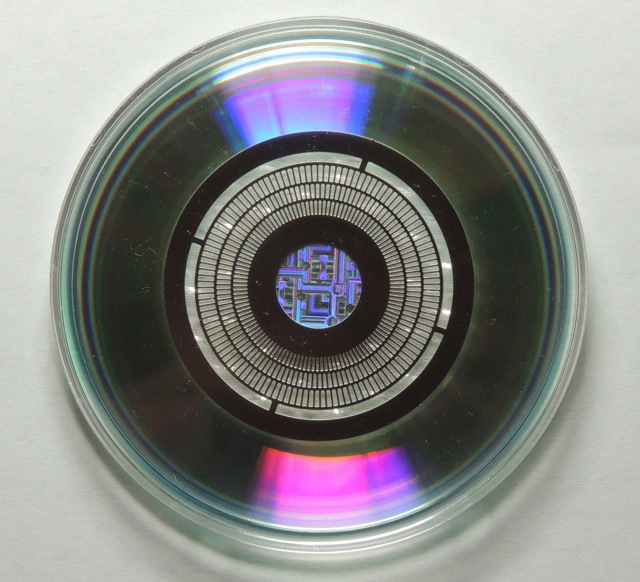If Website link reside in an apartment or house or simply want to keep your home free from EMFs, there are a number options to limit your exposure. One of the easiest is to restrict the use of electronic devices. You can also turn to EMF block paint to prevent EMF radiation from entering your house. Another way to shield your house against EMF radiations is to install a shielding canopy for RF. This is a fabric made of net that has EMF shielding. It is utilized to stop EMFs from entering a space. Another option is to have your house equipped with a conductive enclosure. These devices are called Faraday cages.
A number of studies have proven studies have shown that nonionizing EMF produces antiproliferative effects in HCC cells. The mechanism behind AM RF EMF's anticancer activity in vitro is thought to be based on the downregulation the cancer stem cell. This could explain the long-term effects observed in patients suffering from advanced HCC. But, emf blockers for AM RF EMF's effect in cancer patients is not evident.
Aspects on the effects of AM electromagnetic fields (RFEM) on HCC tumor growth in vivo was studied in mice. The tumours were divided in three different groups. One group did not have exposure RF EMF. Second group members were exposed RF EMF at a frequency that is similar to the one used by humans. Third group members were exposed RF EMF at HCC-specific modulation frequencies. The effect of HCCMF on the tumours was assessed against the effect of RCF. The results showed that the tumours treated with HCCMF were significantly shrinking. However, the tumours treated with RCF didn't show evidence of tumour shrinkage.
The mechanism behind tumour-specific AM RF EMF might be based on the fact that tumor cells require Cav3*2 T-type voltage calcium channels for proliferation and down-regulation. AM RF EMF's antiproliferative effects upon HCC cells is controlled by CACNA1H, a protein which mediates tumour-specific Ca2+ influx. The findings suggest that CACNA1H could have wider implications for the treatment and diagnosis of many cancers.

The tumors in those in the group that were unaffected RF EMF, and were fed a standard mouse diet. The tumours in those in the HCCMF group were infected with Huh7 cells after they were 5 to 7 weeks old. The tumours were then euthanized when they showed excessive burden.
The tumours from the three groups also showed distinct growth curves. The tumors treated with HCCMF saw a significant reduction in the size of the tumour after 8 weeks. However, tumors which were treated by RCF showed no reduction in size. The difference was significant. The tumors treated with RCF were able to show necrosis, which is common in tumors that have been exposed to RCF. Great post to read is possible that the necrosis is caused by an absence of oxygen in the more invasive cancers.
In conclusion, the findings suggest the fact that AM EMF has anticancer activity in vitro and in live. Numerous studies have demonstrated that AM RF EMF produces measurable shrinkage of tumors for HCC patients. The possibility is that the AM EMF causes these effects due to CACNA1H which is a protein involved in the process of tissue-specific Ca2+ influx. In addition, AM RF EMF may exert a sustained effect on the development of HCC tumours in the vivo.
